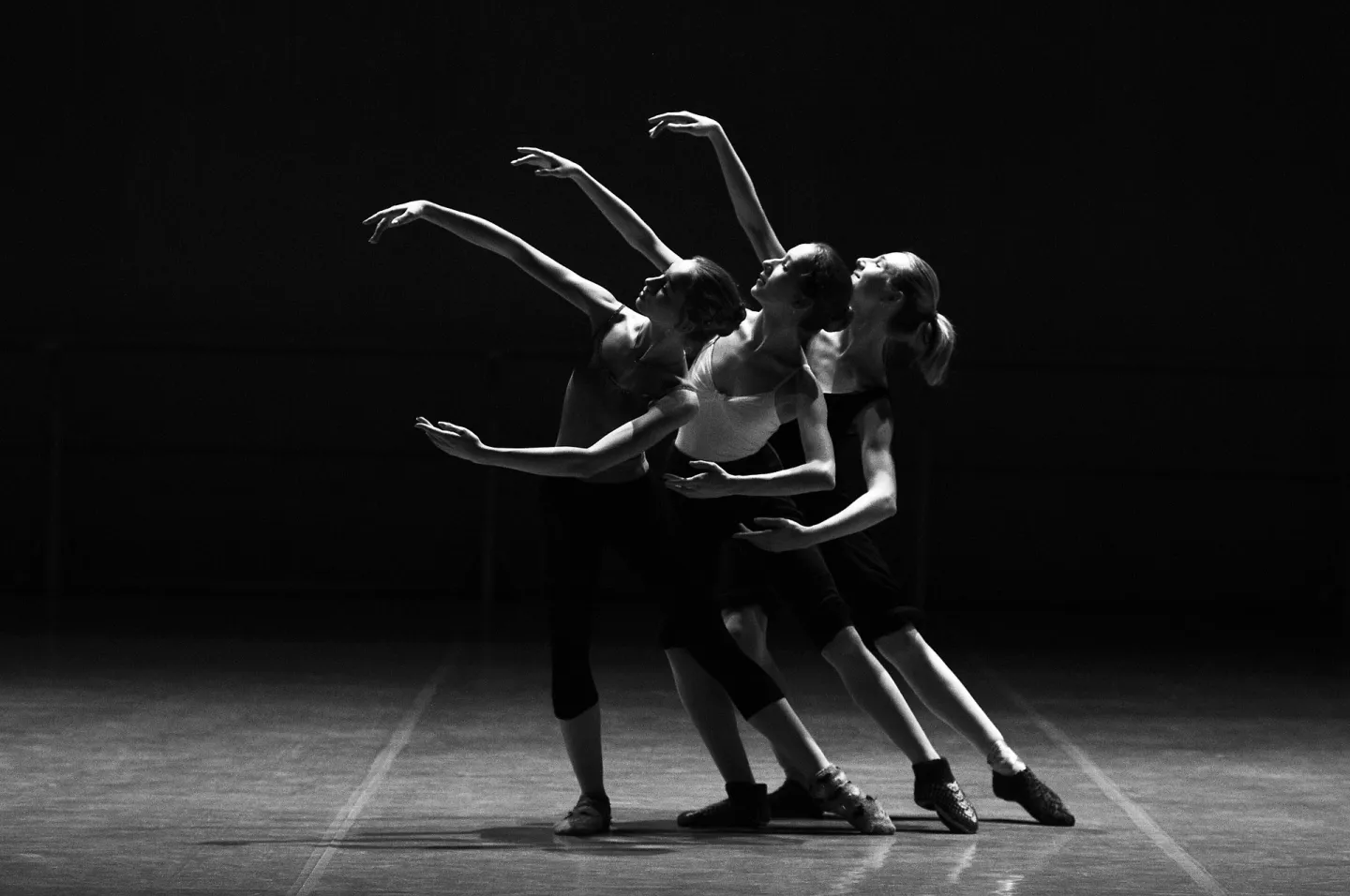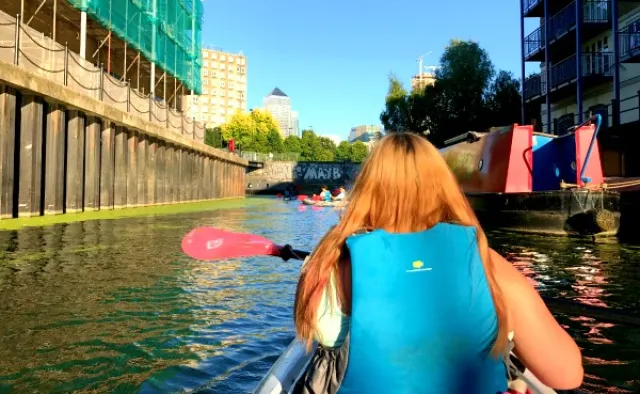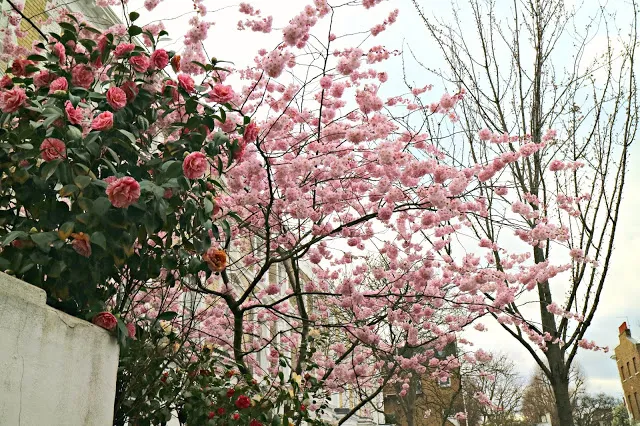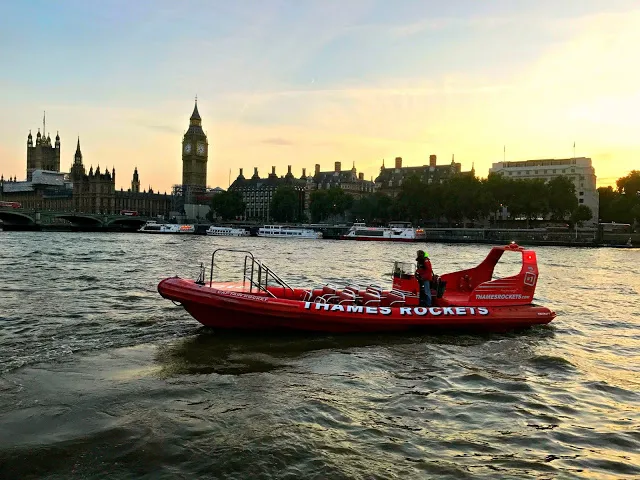Whether you’re documenting a stage performance or you just want to add to your photographer’s portfolio, capturing stage and theatre photos is an art worth mastering.
The world of theatre offers a dynamic and visually rich environment, which demands a blend of technical expertise and artistic intuition from photographers. If you are seeking to master the art of stage photography, this guide provides insights into essential practices that can elevate your skills and produce compelling images that resonate with audiences.
Bring the Right Equipment
One of the foundations of becoming a proficient stage photographer is the right equipment. When a show is going on, the theatre is always dimly lit. This is great for the audience, who can focus on the stage. For photographers, not so much—unless you have a camera with excellent low-light performance. Combine this with a fast lens, ideally with an aperture of f/2.8 or lower, and you can capture every nuance happening on stage with clarity.
Indeed, high-quality equipment will enable you to navigate the challenges posed by the dramatic and variable lighting conditions typical of stage environments. Of course, some of these photography gear can get quite expensive. That said, you shouldn’t be limited by budget when it comes to your art. If you can’t afford your own specialised equipment just yet, check out camera hire companies that rent you equipment on a per project basis. They offer great prices for photography equipment, so you don’t have to break the bank every time you want to shoot in a theatre.
Attend Dress Rehearsals
One of the most overlooked aspects in stage photography is attending rehearsals. This part of the theatrical process offers a unique opportunity to familiarise yourself with the production and understand the storyline— which then helps you identify key moments worth capturing during the show.
In short, if you want or need to take photos of the live performance, attending rehearsals is a game-changer. It allows you to plan your shots, communicate with the production team, and prepare for what’s going to happen on stage. This level of preparation can make a significant difference in capturing the most impactful scenes during the actual show. As a bonus, during the dress rehearsal, you can freely take photos of the cast and other details (e.g., the props or costumes) without worrying about disrupting the performance or distracting the audience.
Capture the Actors’ Facial Expressions
Facial expressions are what make a stage performance come to life. Thus, to capture the full spectrum of emotions conveyed by actors on stage, focus on their faces. Use a zoom lens to get up close and personal with tight shots. This ensures that every subtlety of their expressions is translated into your photographs. Moreover, these types of shots help establish a connection between the audience and the performers.
If you don’t have a zoom lens in your photography kit yet, the above-mentioned camera equipment rental companies can provide you with suitable gear.
Take Wide Shots
While close-ups capture the emotions, wide shots set the stage. So, to provide context and convey the overall atmosphere of the performance, take some wide, encompassing shots of the theatre from various perspectives. This approach allows you to capture the grandeur of the set, the interaction between characters, and the reactions of the audience. Moreover, having both detailed close-ups and expansive wide shots adds depth to your portfolio.
Change Perspectives
Achieving a diverse and visually engaging collection of stage photos requires experimentation with angles and perspectives. During dress rehearsals, don’t be afraid to move around and explore various viewpoints. However, note that you may be stuck where you are sitting once the programme starts.
Changing perspectives adds dynamism to your images, giving you and the audience fresh and captivating visual narratives.
Think About the Composition
A compelling photograph stands on the shoulders of good composition. Apply fundamental principles such as the rule of thirds, leading lines, and framing to enhance the visual appeal of your stage photos. Thoughtful composition draws the viewer’s eye to key elements of the performance, guiding them through the narrative you’ve captured through the lens.
Use the Proper Photography Techniques
Understanding and employing the right photography techniques are crucial in the challenging environment of live performances. Utilise fast shutter speeds to freeze action during dynamic scenes and be prepared to adjust ISO settings on the fly to balance exposure in low-light conditions. Also, pay attention to white balance to ensure accurate colour representation in your images.
Maintain Professionalism and Etiquette
Beyond technical skills, maintaining professionalism and etiquette is essential in theatre photography. Remember that, ultimately, you are a guest. As much as possible, be unobtrusive. Always be respectful of the audience and considerate of the performers.
Additionally, learn to balance the desire to capture compelling shots with respect for the sanctity of the performance. This is a hallmark of a skilled professional stage photographer.
Becoming an expert in stage photography is not a skill that you learn instantly, with just one project. You need to always be honing your skill, capturing different types of stage productions. Eventually, you learn the ins and outs of capturing theatrical performances. Combining technical mastery with artistic expression, you’ll produce photographs worthy of an exhibition.




